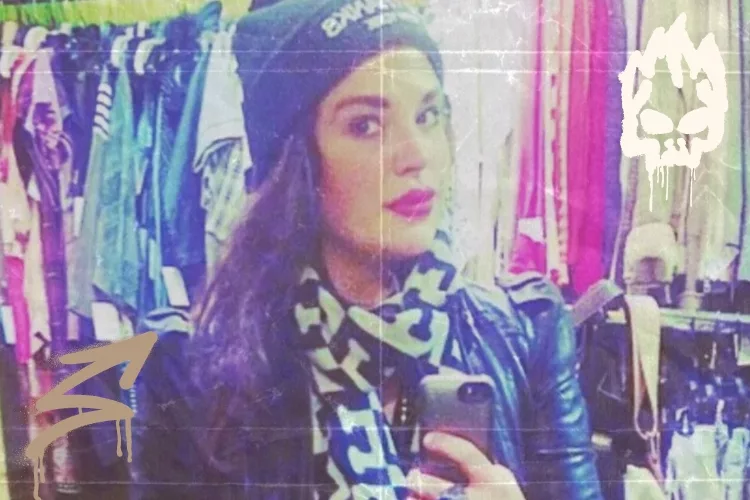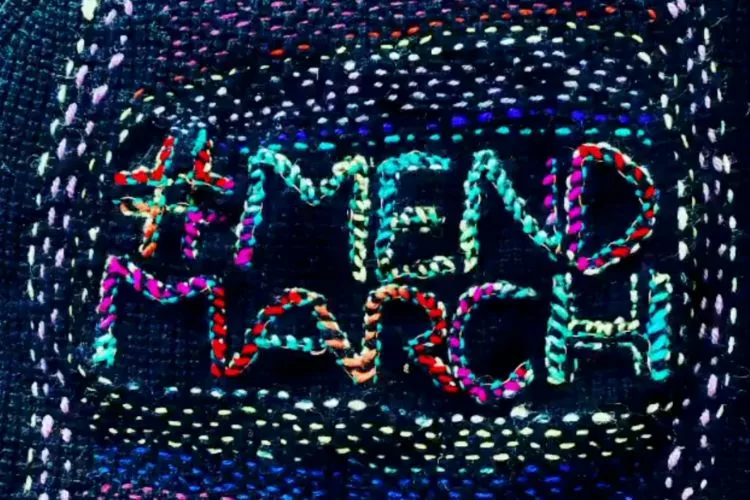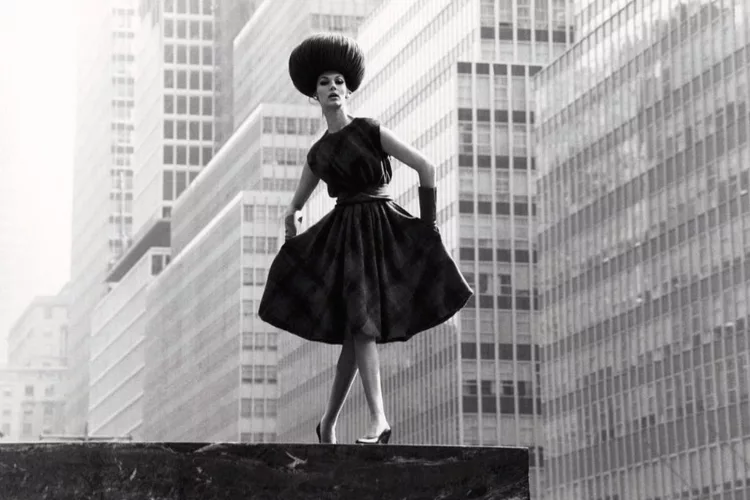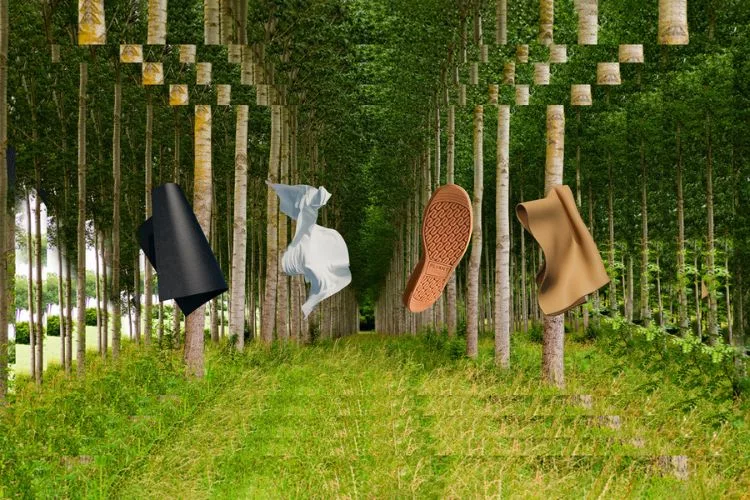Dan Pontarlier transforms a skirt into a vest. (we can’t promise you’ll look this hot, but you can learn how he did it below!)
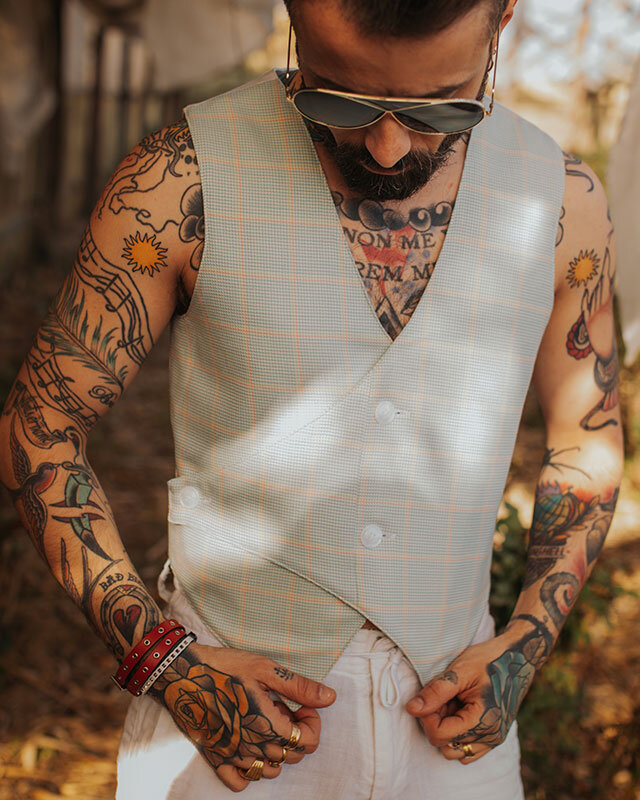
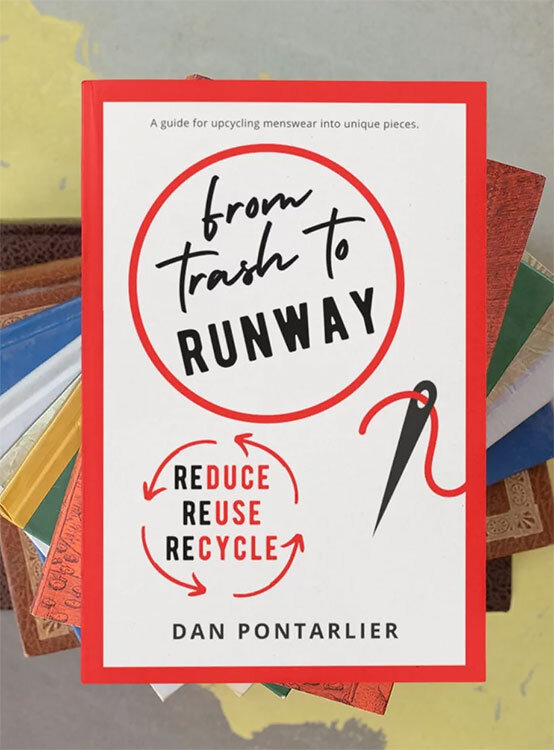
Dan Pontarlier, the author of From Trash To Runway, shares with us the process of creation of one of his latest pieces: a vest created out of an old skirt and reclaimed fabrics. Dan, who is also Director of Digital Strategy and Influence and member of the International Executive Board of the Global Sustainable Fashion Week (#GSFW) is making an impact in the fashion industry by spreading awareness about upcycling. He makes sustainability look sexy and upcycling look easy!
In his book From Trash To Runway, Dan shares 20 unique designs that you can use to declutter your wardrobe and give a second chance to pieces you no longer wear. Also, the book has a QR code to a Digital Area where the reader can find more information about sewing, pattern making, and even a database for seamstresses and second hand stores. Pretty cool, right?
Dan gave us exclusive info about the latest piece he has upcycled so you can DIY too.
1. Select the piece that you want to upcycle

In this case I selected a skirt that belonged to my partner’s grandmother. I really liked the pattern and I didn’t want the piece to go to waste. The inner lining was wasted, but it was easily replaceable.
2. Create the pattern

To make the pattern I use two different ways, we can do it from scratch -which takes a lot of knowledge, patience and skills, or we can copy it from a piece that we already have in our closet and like.
In my case I have copied it from a piece that I already had -no need to unstitch the garment to do that-, and then I have modified the pattern to add to it the desired details. I call this technique pattern faking.
3. Unstitch the garment and flatten the pieces
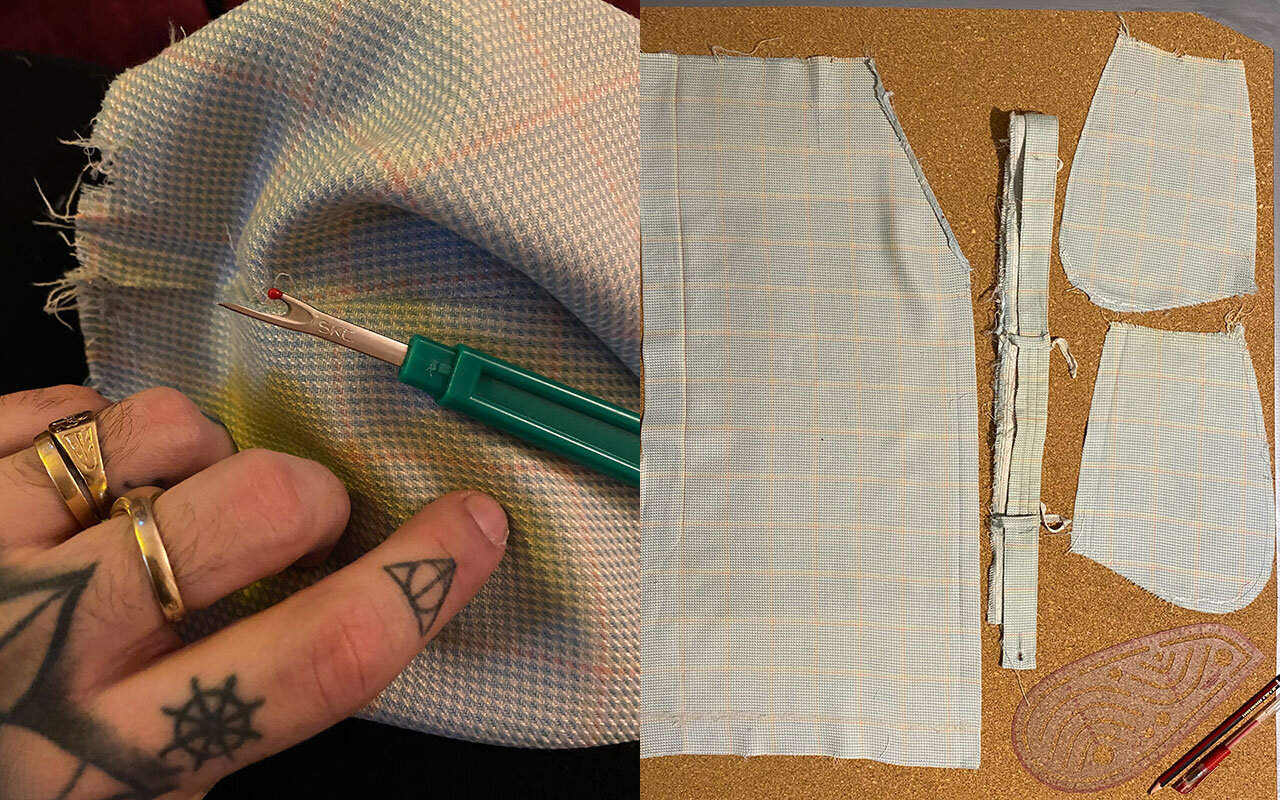
Once we have the patterns created, we proceed to unstitch the piece; a skirt in this case. We will undo all the seams since the new garment that we are going to create is totally different from the original one.
We will then iron the unstitched pieces to have them as flat as possible, in this way we will see the amount of fabric that we can use to make the design we want.Since in this case the amount of fabric was not enough to be able to make the full vest, I have focused on making the front part and the back details with the skirt fabric and using discarded fabrics with a cream tone to make the rest of the vest.
4. Copy the pattern into the fabrics

Once the pieces are ironed and we have all the patterns designed, we proceed to copy the pattern on the fabric with a pen that is easily erased with steam. We will use pins so that the fabric stays fixed while we make the lines. If the patterns are too large -as it happened with one of the lapels I’ve designed-, we will proceed to join two pieces of fabric to each other respecting the pattern so that the seam stays as hidden as possible.
5. Sew the pieces together
Once we have all the pieces cut out and marked, we will proceed to put pins so that they remain fixed and we do not have problems when sewing them up. We will adjust the thread and the sewing machine to the appropriate tension according to fabric, and we will proceed to make the joints of the different fabrics taking into account the seams.

Sew beforehand the elements and details -buttonholes, backstrap…- that are incorporated into the design, before sewing the entire piece. Whatever it is, the way you tell your story online can make all the difference. –Dan Pontalier
–Katya Moorman/Dan Pontalier
Related Articles


